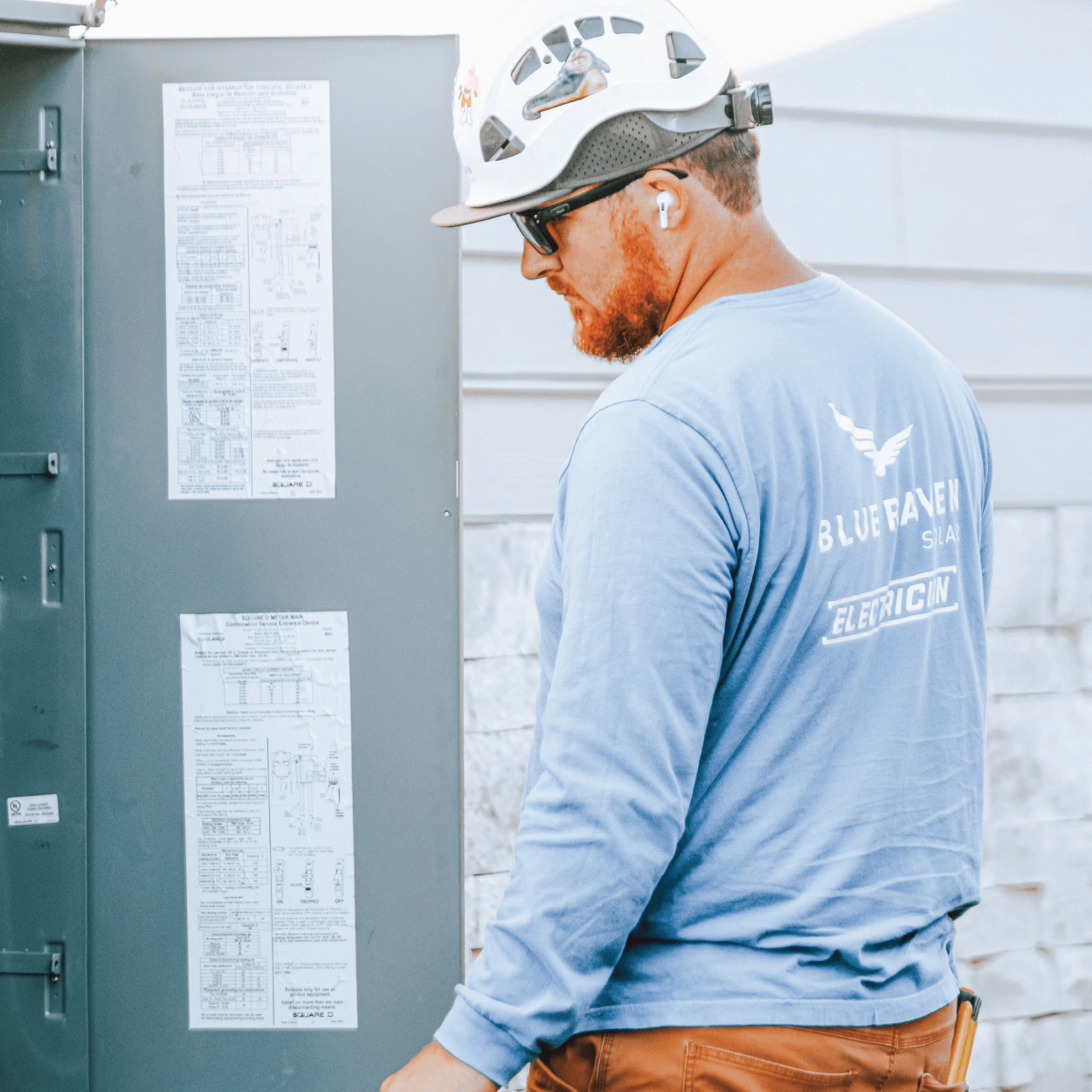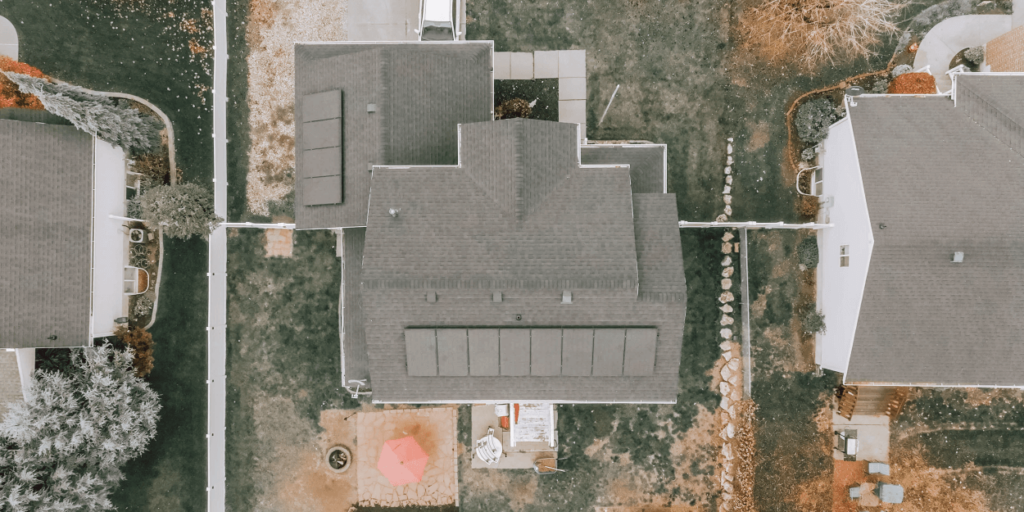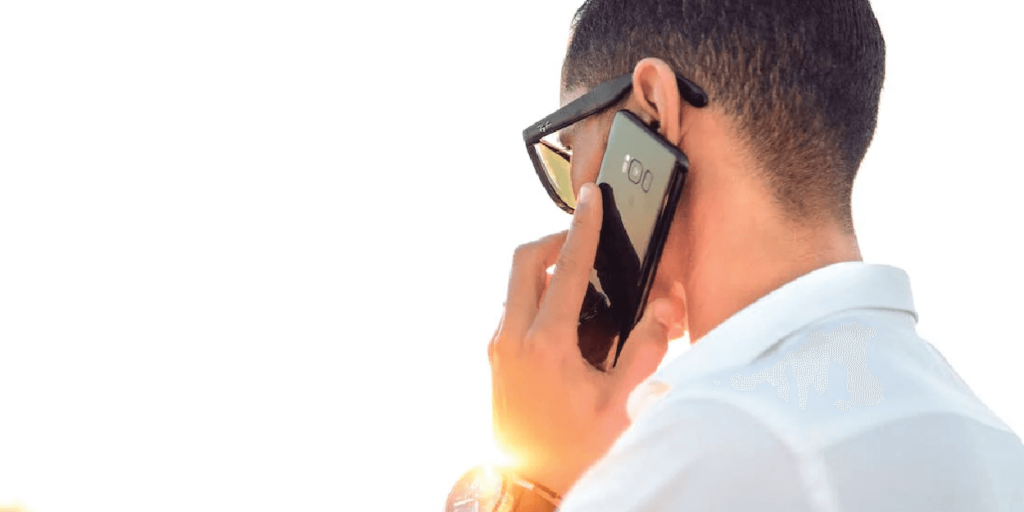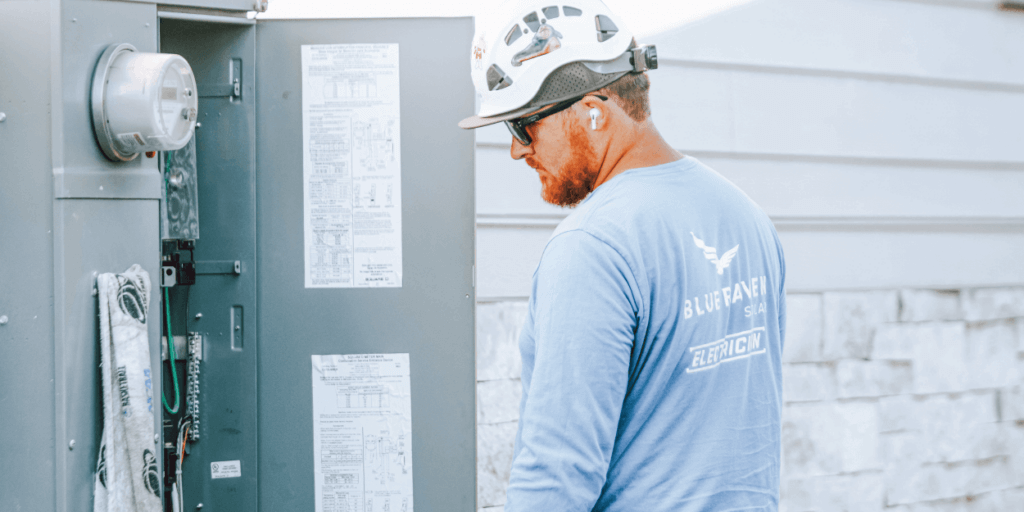Increasing Energy Production: How to Add Solar Panels to an Existing System

Every homeowner who goes solar has a different reason and goal for their system. Most often, the goal is reducing and eliminating their current utility bills. This can become a reality with expert array designers, and many homeowners see financial benefits from solar energy within a few months. However, there could be several reasons a homeowner inquires about adding solar panels to their existing system. Some reasons might include energy usage increases because of EV Chargers or batteries or wanting to increase utility bill offsets.
Though the process of installing more panels on your roof is not difficult, it is a bit different than the original installation process because it is an extension. Here is what to know if you are interested in adding solar panels to an existing solar panel system:
Factors to Evaluate When Wanting to Add Solar Panels to Your Existing System
Different homeowners have different needs and situations to consider when making changes to their energy production methods. When making the decision to add panels, several factors will need to be considered.
Current Energy Usage and Needs
This is the first and most important factor to understand. The number of panels needed is affected by different circumstances, including utility bills since going solar, your location, the equipment used, and the system design. Providing your solar installer with previous energy bills can help determine the necessary system additions.
If your utility bills are increasing despite having a solar panel system, check your system’s production. For Blue Raven Solar customers, use the compatible monitoring app (Enphase Enlighten or mySunPower). With these tools, you can evaluate your energy usage and how much of it is produced by your system.
It is important to note there will be fluctuations in production depending on the season, your location, and the weather. Cloudy and rainy days will not completely prevent energy production, but efficiency may not be quite as high.

Available Roof Space
Rooftop solar panel systems can be difficult to add onto depending on viable space. Panels need to be installed in a spot receiving ample sunlight and at the correct angle (between 35-45°) and direction (south) for the addition to be worthwhile.
Panel Compatibility
Solar panel installers will attempt to install the same type of panel(s) included in your original array. Therefore, all of the panels will match visually, and all power outputs and efficiencies will be the same. If the same type, model, and color is not available, installing panels with the same or similar output is the next best option.
Type of Inverters Used
Many residential solar installers use microinverters, paired individually with each panel. This detail makes panel additions easy for inverters, as there will not be any capacity issues and more microinverters can be installed with the new panels. With a central inverter like a string inverter, energy may be generated at too high of a capacity with additional panels. One can be added to assist in conversion of currents.
Energy Storage Systems
When paired with a solar battery, solar panels can produce excess energy which can be stored and used during downtimes, at night, or during emergencies. Some homeowners may choose to add panels simply to charge the batteries and benefit from less utility grid usage and lower utility bills, when the sun isn’t shining.
How much will it cost?
Adding solar panels still comes at a price. Some homeowners may not financially be in a position to add solar panels to their system. However, the turnaround can be beneficial in locations with high electricity rates or those who want energy independence. It may take time for the additional panels to pay off (10-11 years), but the savings depend on your location’s utility costs and the efficiency of your system.
System Ownership
When considering adding solar panels to an existing system, the decision of how to finance your system should be evaluated. Solar ownership grants you the flexibility to seamlessly integrate and expand your solar capacity with the ability to capitalize on incentives. However, if you are leasing your system, it might look a bit different. Contact your solar provider for more details.

How to Move Forward
Contacting your original solar provider is the first step to take to see if they do add-on projects. If they do, they will already be familiar with your system details and will clearly outline the next steps.
Shopping around for a new installer is also an option, but some solar installation companies avoid doing additions to rooftop systems they did not install originally. Typically, there are two reasons for this: they may have conflicting warranties, or the project size isn’t large enough to be financially viable. Warranties can cause difficulties in deciding who is responsible for maintenance, and many solar installers have minimum system sizes.
Once deciding on an add-on provider, work with the solar company to identify any permits needed. Permits depend on the number of panels added and/or the new inverters installed. Add-ons larger than a few kilowatts (kW) with an inverter replacement will likely require an interconnection application with your local utility company. Your solar provider should be aware of any permits or application processes necessary.
You should also discuss potential incentives associated with an add-on with your solar provider and a tax advisor. Many incentives can only be claimed once per property/person, but incentive amounts based on electricity generation may be considered once additional panels are installed. Performance-based incentives (PBIs) may create complications for systems with new inverters.

The Blue Raven Solar Retrofit Process
Solar panel installations completed by Blue Raven Solar can easily be added to. Using the latest technology and your typical consumption, we design and install additional panels to reach a specified goal. We guarantee your system will produce the projected kilowatt hours as expected using the following measurements:
- For 3 consecutive months, your system has been producing less than 50% of the projected output
- For 18 consecutive months, your system has been producing 15% less than the projected output
If your system is not producing as much energy as estimated, we will add more panels or pay you for the deficit. For more information about this process, reach out to our customer support team by calling 1-800-377-4480 or emailing support@blueravensolar.com.
Once a solar project has been reopened, the homeowner will need to send in recent utility bills for permitting purposes and to analyze energy usage month after month. If it has only been a few months since installation, the project will likely be put on hold, as it is normal for production to fluctuate throughout the year. However, depending on how net metering policies work in your area, it might make more sense for us to retrofit a battery than it does to add panels to your system. This is a case-by-case decision, and our experts can help you make the best decision for your home.
If a retrofit is approved, the rest of the project is like the original solar process, and all milestones are completed again. Another site survey is required, and because of city and utility permitting, the process typically takes 1-3 months, from start to finish.
Important Notes
- Financing is separate for retrofits and cannot be added onto the original loan.
- Panels are placed depending on mounting hardware and additional space, so retrofits may not perfectly blend with original designs.
- Utility requirements cannot be exceeded. Check with your local utility company to find out their maximum kWh of installed capacity.
Blue Raven Solar: A Trusted Solar Installer
With Blue Raven Solar, we can determine the best path to increasing your system’s production and savings. We guarantee your equipment and products are of the highest quality.
Learn more about how to add panels to your system today!
Frequently Asked Questions
How much additional electricity do I need?
If your current solar panel system is covering your utility bills, you may not need to expand your rooftop solar panel system. However, if you have changed your lifestyle since your original system was installed, are looking to install an electrical vehicle (EV) charger, or generally increase production reach out to a solar expert to help you determine how much capacity you should add and if it is necessary.
How many additional solar panels can I add?
The number of panels will be determined by energy needs and available roof space.
How do storage solutions like batteries or generators or EV chargers impact production?
Adding home storage solutions or other uses for energy may increase the amount of production necessary. This may warrant expanding your PV system.
When should I add solar panels to my existing solar system?
You should add panels to your system when the system is no longer providing the full amount of energy your home requires. With more solar panels added to your system, less of the usage will be pulled from the utility grid.
Will new panels or battery storage be compatible with my existing system?
Your solar panel installer will ensure your new additions are seamlessly implemented into your system.
Will I need a new permit?
Most geographical locations require a new permit to install additional equipment. Your solar installer should be familiar with the necessary steps to take and what permits to obtain.
Can you install additional panels yourself?
Yes, you can install additional panels yourself, but it is best to work with a professional solar company due to the intricacies of warranties (to avoid voided warranties), safety, specialized equipment, and installation expertise.
Are there incentives for adding additional panels?
Adding new panels to your system does qualify as a new eligible solar expense, allowing you to apply for and take advantage of the 30% federal investment tax credit (for the cost of the new panels in the year they are installed). State and local incentives may also apply, but eligibility is dependent on the offering in your area.



Sorry, the comment form is closed at this time.